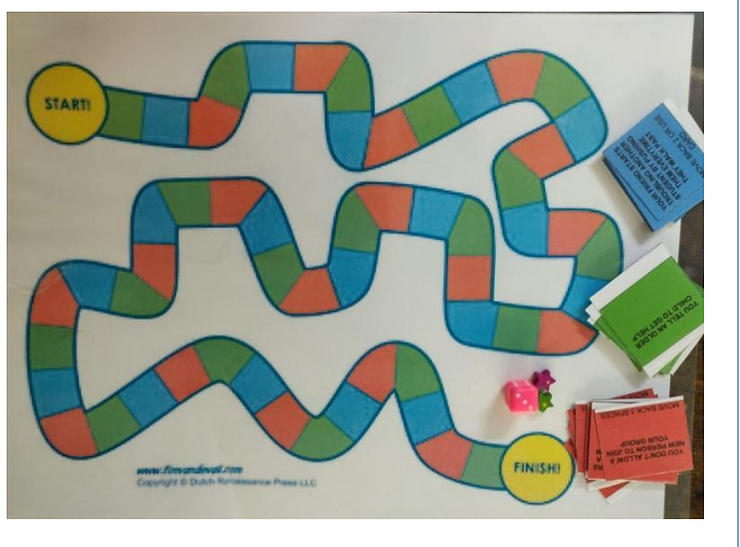A session on Social and Emotional Learning (SEL) with a group of sixth graders in a Government School started thus: “When was the last time any of you felt lonely?” Responses varied from loving grandparent(s) dying, a beloved pet running away and multiple instances of bullying. What are our responsibilities as educators to help students make sense of this experience, which undervalues their own and others’ sense of self and hence, well-being?
Bullying in school environments takes multiple forms, ranging from toxic groupism, social isolation based on personal characteristics, home circumstances, ability, skin colour and appearances, status among peer group and physical, verbal and emotional harm. Intimidation, domination and threatening all happen right under our care, perpetrated and suffered by young minds regularly.
Bullying usually has three actors: bullies, victims, and bystanders. Our students engaged with types of bullying and discussed the characteristics of bullies, only to recognise soon that bullies can look any way, speak any language, come from any class of society, be of any age and gender. So many of our own students did not recognise that what they were doing counted as bullying.

They used to explain it away as “having fun”. They quickly learned, however, that it is only fun when everyone is genuinely laughing. They were taken through activities to understand the feelings, thoughts and behavioural intentions of victims who face bullying regularly. Low mood, anxiety, sadness and low opinions of their own self worth soon morph into maladaptive behaviours such as social withdrawal, school refusal and/or aggression as a way of protecting self and gaining some control over their environment.
Students also understand that bystanders make situations worse by not doing anything, even if they are not engaging in the bullying behaviours themselves. They recognise that whenever people stand by watching one party oppress and dominate another, the classroom environment turns negative and scary, not conducive for learning.
The Bully Buster Game is a tool we use in SEL to make behaviours of bullies, victims and bystanders clear in students’ minds and enable each student to make healthier choices concerning abolishing bullying in their classrooms and schools, and to build healthy relationships based on respect, safety and concern for one another and resolve conflicts through empathetic listening and healthy expression and problem-solving, not through the use of force and harm.
Here is what Govind had to say about the bullying session at the end of the year: “I used to fight a lot but now I have reduced it! I also learned that we should not pass by a scene of bullying but help the victim instead.”
With consistent behavioural support and continued efforts by class teacher to create an emotionally safe disciplining protocol, Govind now moderates whole class discussions with great skill and empathy towards every classmate’s opinions and offering everyone a chance to speak. We’re excited to see these millennial burst forth and create safe spaces everywhere they are!
Written by Jyothi Ravichandran, Founder, Thrive Foundation


